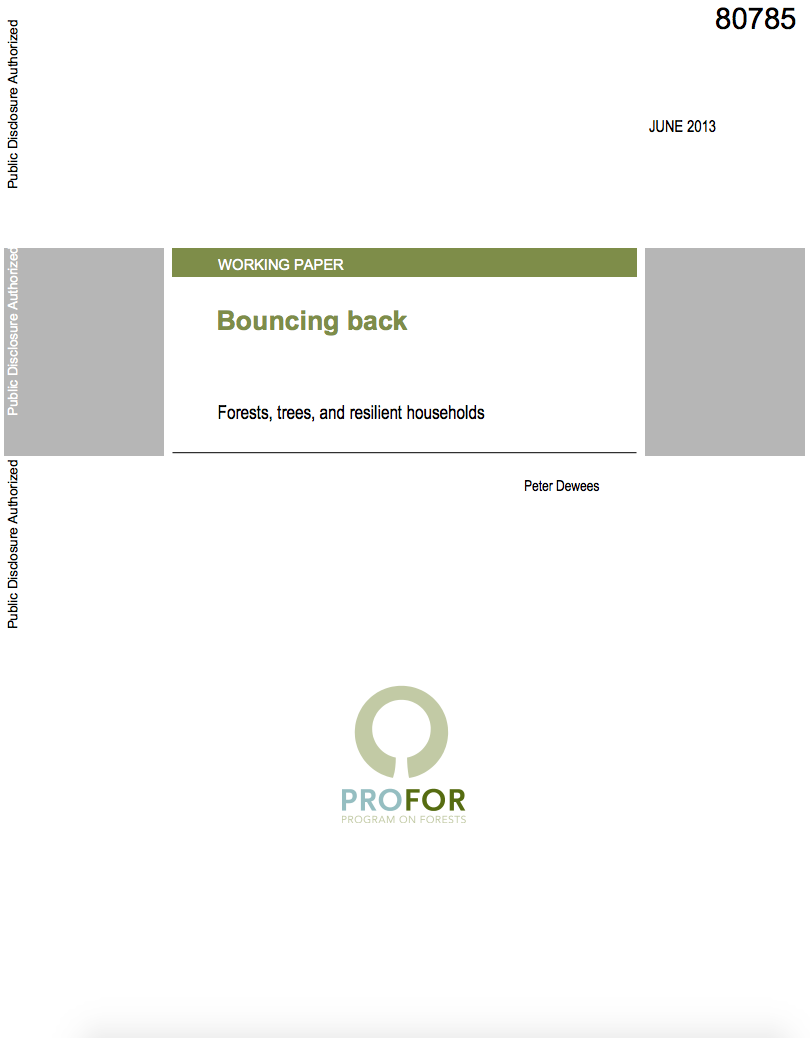Reducing the Vulnerability of Armenia's Agricultural Systems to Climate Change : Impact Assessment and Adaption Options
Within any economy, agriculture is the
sector that is most sensitive to climate change. In Armenia,
however, the risks are even more pronounced because the
majority of the rural population depends on agriculture for
their livelihoods. This publication outlines the policy
options available to Armenia, based on a rigorous evaluation
of the impacts of climate change on agricultural systems. It
provides a solid foundation for taking strategic and, in



